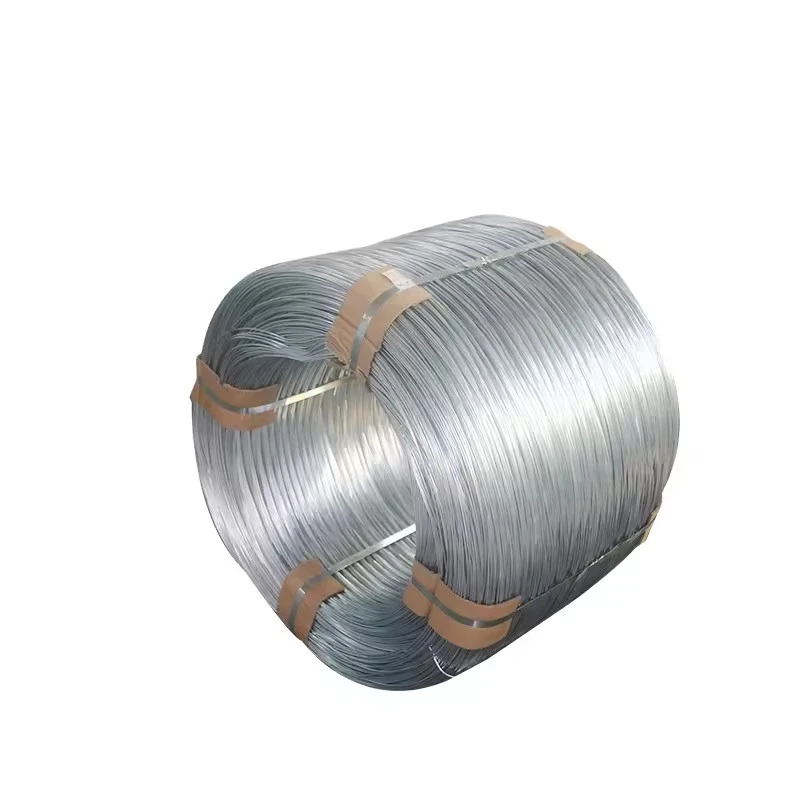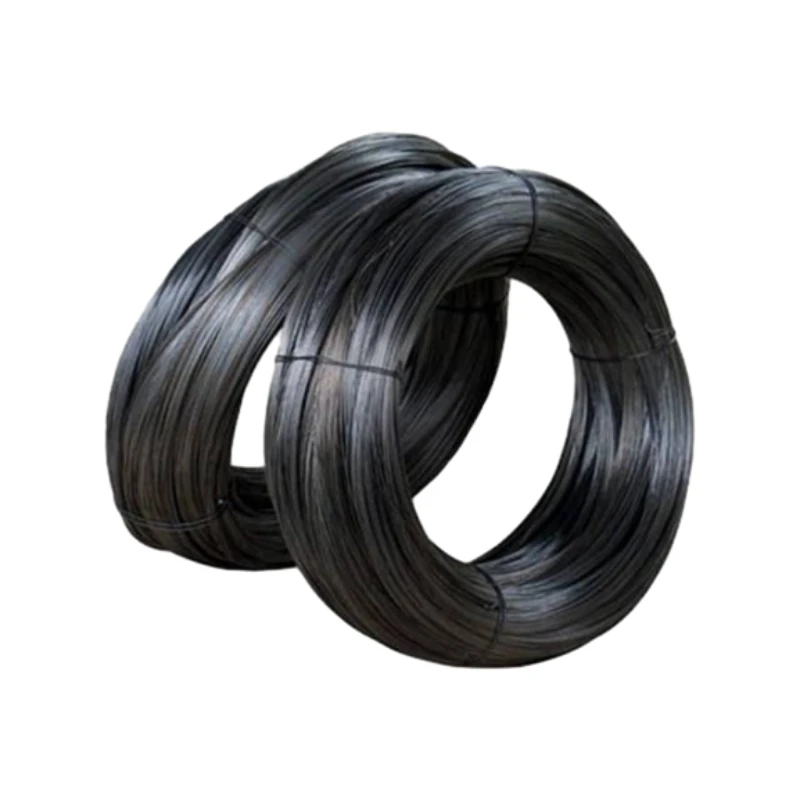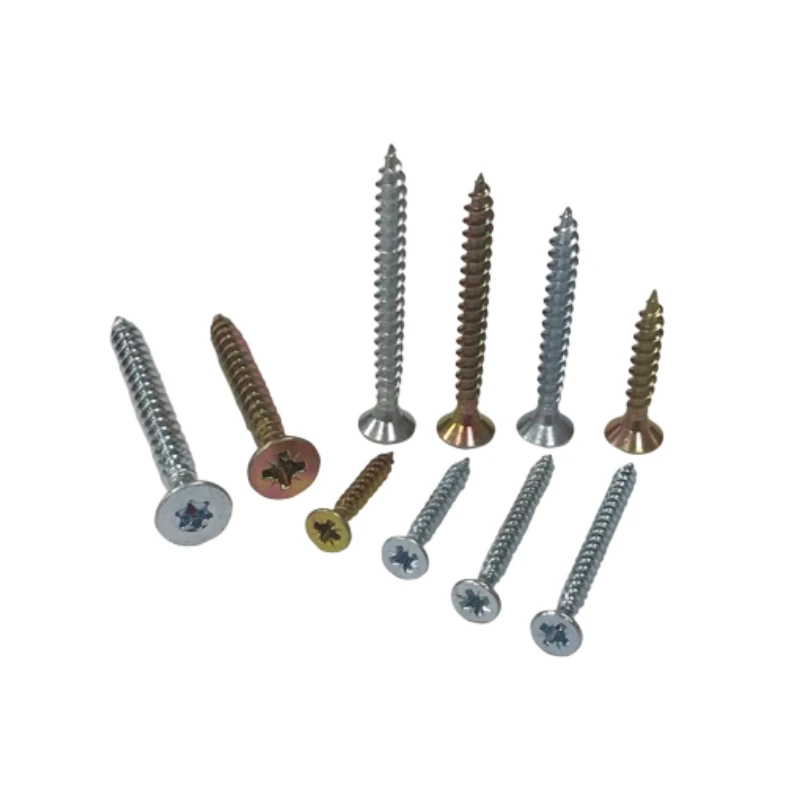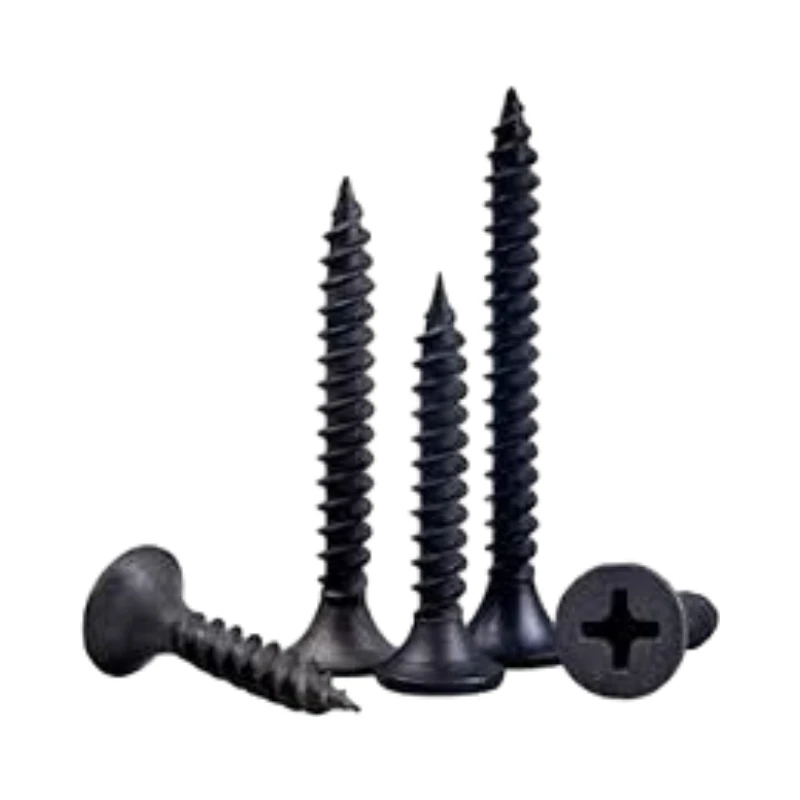
Talk With Us
+86-13601661296
Email Address
admin@sxjbradnail.com1 2 Crown 20 Gauge Staples - Jam-Free, Rust-Resistant, Bulk
Field Notes on 20 Gauge 11.2mm Crown 10J Series Fine Wire Staples
If you’ve been searching for 1 2 crown 20 gauge staples, here’s a straight-talking take from the shop floor and the sourcing desk. In the 10J ecosystem the crown is ≈11.2 mm (often called 7/16 in), which many buyers casually group under the “half-inch crown” umbrella. This model—20 Gauge 11.2mm Crown 10J Series Fine Wire Staple—comes out of Lixinzhuang Industrial, Dingzhou, Hebei, China and is widely used in furniture, sofa, cabinets, paneling, casing, and light packaging.
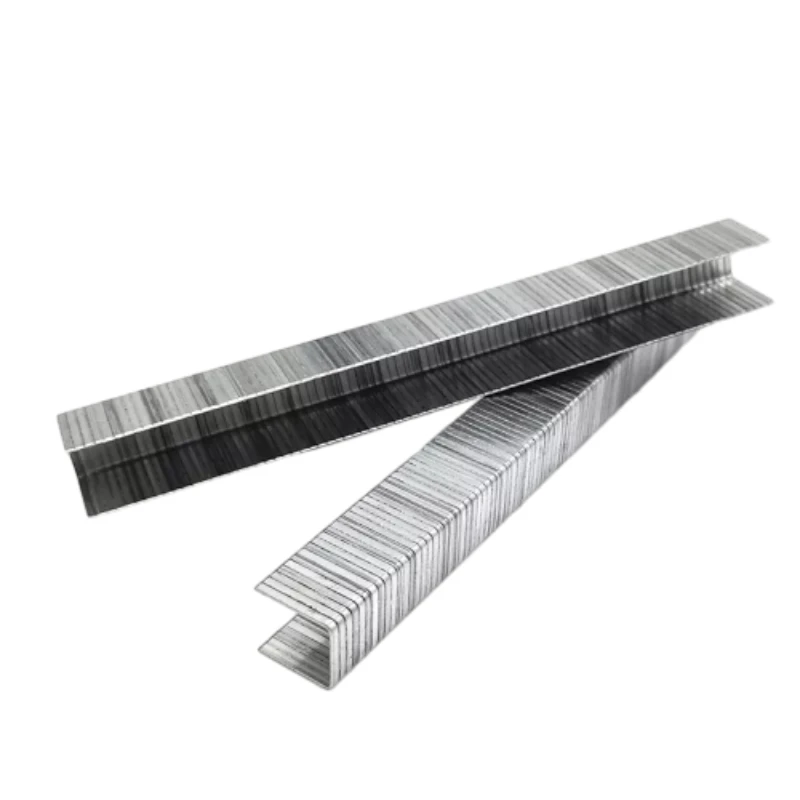
What’s trending
Honestly, the trend is boring in the best way: consistent feed, cleaner glue lines, and predictable penetration on hardwood veneers. Upholstery lines want fewer jams, and cabinet shops want cleaner backs. Zinc-coated wire plus better adhesive striping has quietly become the default. Buyers also ask for low-zinc-runoff finishes to meet RoHS and REACH in export markets—nothing flashy, just compliance that avoids headaches at customs.
Core specs (real-world, not brochure fantasy)
| Series | 10J fine wire |
| Wire gauge | 20 Ga (≈0.90–0.95 mm) |
| Crown width | 11.2 mm (≈7/16 in; sometimes searched as 1 2 crown 20 gauge staples) |
| Leg lengths | ≈6–22 mm (common: 8, 10, 12, 14, 16, 18 mm) |
| Finish | Zinc-coated; uniform thin glue coating |
| Point | Chisel/diamond; sharp, smooth shooting |
| Feed | Collated sticks, straight, deburred; reduced tool wear |

Manufacturing and QC flow
Materials: low-carbon steel wire drawn to 20 Ga, zinc coated, adhesive applied in a thin, uniform bead. Methods: precision forming (full diameter), cut to length, edge sharpening, glue setting, and stick collation. Testing: dimensional checks per ASTM F1667; salt-spray per ASTM B117 (typ. 48–96 h no red rust, finish-dependent); sample pull-out and shear on SPF and poplar; feed/jam tests on 10J-compatible guns. Service life: indoor furniture and casework often 10–15+ years; in high humidity, consider stainless or heavier zinc—real-world use may vary.
Indicative lab data (not a guarantee): pull-out (12 mm legs, SPF) ≈90–130 N per leg; shear ≈200–260 N; jam rate in maintained tools
Where they shine
Upholstery frames, sofa decking, cabinet backs, drawer bottoms, bed slats, lattice, paneling and casing, light packaging and display fixtures. Many customers say the thin glue stripe helps keep sticks intact in hot warehouses without gumming up the driver—small detail, big win.
Vendor snapshot (what to weigh)
| Item | SXJ Dingzhou (Origin: Hebei, China) | Generic Importer A | Regional Brand B |
|---|---|---|---|
| Crown/Gauge | 11.2 mm / 20 Ga | Similar (varies by lot) | 11.2 mm / 20 Ga |
| Coating | Zinc + thin glue, uniform | Zinc, glue thickness inconsistent | Zinc, premium adhesive |
| QC & Standards | ASTM F1667 dimensions, B117 corrosion; ISO 9001 | Basic visual checks | Full protocol; EN references |
| Lead time | Fast (stable output) | Variable | Moderate |
Customization and quick cases
Options: leg lengths, zinc weight, adhesive formulation (hot/humid lines), carton branding, bulk or retail packs. Case A: a sofa plant reduced jams by ~40% after switching to uniform glue stripes on 1 2 crown 20 gauge staples. Case B: a cabinet maker cut back repairs by choosing 14 mm legs for 3 mm backs + pine frames—small tweak, measurable uplift.
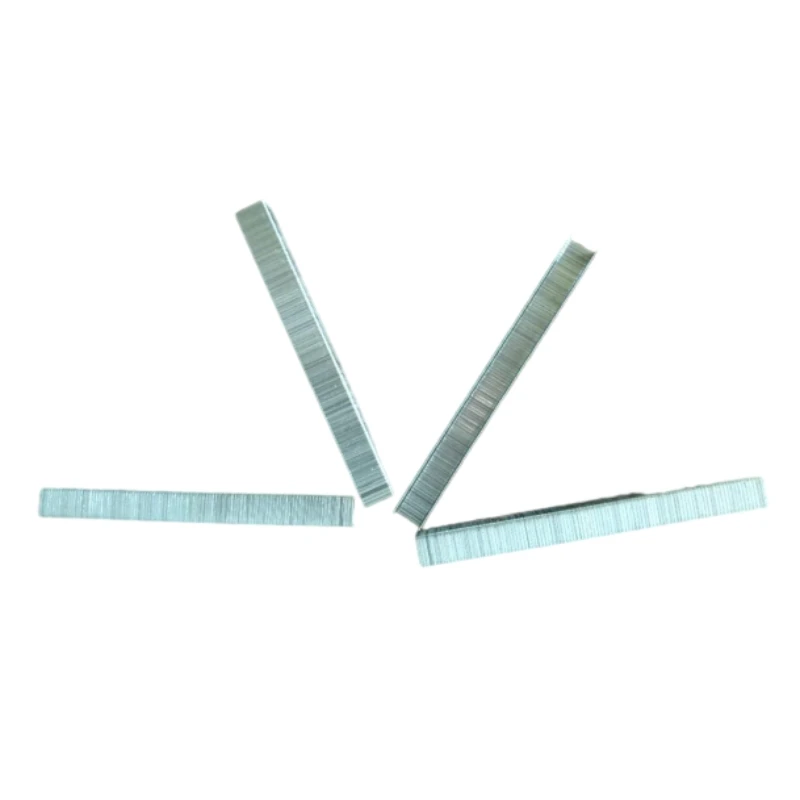
Buyer notes
If your spec calls for 1 2 crown 20 gauge staples, confirm 10J compatibility, crown at ≈11.2 mm, and zinc layer appropriate to environment. For export, ask for ISO 9001 and RoHS/REACH declarations attached to the COA. And test in your actual guns—sounds obvious, but it saves weekends.
References:
1. ASTM F1667 – Standard Specification for Driven Fasteners: Nails, Spikes, and Staples.
2. ASTM B117 – Standard Practice for Operating Salt Spray (Fog) Apparatus.
3. ISO 9001 – Quality Management Systems Requirements.
4. ISO 9227 – Corrosion tests in artificial atmospheres – Salt spray tests.
5. RoHS Directive 2011/65/EU and amendments.
-
Essential Guide to Steel Brad Fasteners: Uses, Specs & TrendsNewsNov.20,2025
-
Durable and Reliable SS Brad Nails for Every ApplicationNewsNov.20,2025
-
Masonry Brad Nails: Durable Fastening Solutions for Modern ConstructionNewsNov.19,2025
-
Hot Dipped Galvanized Brad Nails – Ultimate Guide for Durable Construction FastenersNewsNov.19,2025
-
Durable and Cost-Efficient Galvanized Brads: Your Essential Fastening SolutionNewsNov.18,2025
-
Galvanized Brad Nails for Treated Lumber — Durable Fastening Solutions for Lasting BuildsNewsNov.18,2025

